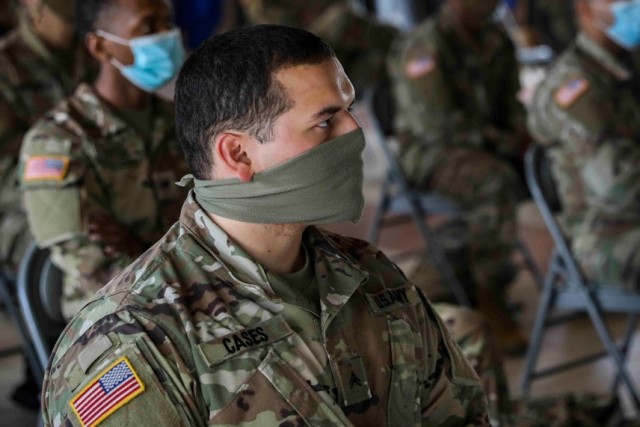
Reducing access to lethal means is an essential part of a comprehensive suicide prevention plan. Means reduction is centered on reducing a suicidal person’s access to highly lethal means. According to the Department of Defense Annual Suicide Report, Calendar Year 2019, firearm usage occurred in 59.6% of the Active Component; 66.2% in the Reserve Component and 78.7% in the National Guard deaths by suicide.
While of vital importance during a time of crisis, firearms and ammunition should always be stored in a safe manner to protect oneself, Family members, and friends. Examples of safe storage include using a gun safe, lock box, and gun locks. The Dempsey, et al., 2019 study of U.S. Army Soldiers found that owning a handgun and storing a firearm while loaded were associated with increased risk of suicide – two-fold and four-fold, respectively. This increased risk is because suicide attempts frequently happen during a short-term crisis with little planning.
Research indicates that: 1) the interval between deciding to act and attempting suicide can be as short as 5 or 10 minutes; and 2) people tend not to substitute a different method when a highly lethal method is unavailable or difficult to access. Therefore, increasing the time interval between deciding to act and the act itself by making it more difficult to access lethal means such as firearms can be lifesaving.
Alcohol can increase the chance that Soldiers will make impulsive choices. Responsible alcohol practices, such as keeping small quantities at home, can also mitigate risk. If you need help, or know someone who does, the National Suicide Prevention Lifeline, 1-800-273-TALK (8255), can provide support and information about local resources.
Recommended Lethal Means Safety Actions That Can Help Suicide Prevention
Individual and Soldier Actions: Even though there are many ways to practice safe storage, many Soldiers do not always properly secure firearms in their homes. Soldiers can learn more about the importance of safe firearm storage and specific methods and resources to safeguard themselves, Family, and friends. Simply put, it is always best to use gun locks, store firearms unloaded in a safe, and store ammunition in a separate locked storage container.
Family Member Actions: In periods of crisis or heightened emotions, unsafe firearm storage can increase risk. Family members can learn more about safe storage practices from Behavioral Health and Suicide Prevention personnel so they can help ensure the safety of loved ones who may be at risk of suicide.
Commander Actions:
1) Communicate and normalize safe storage practices. Provide examples on how to reduce access to lethal means for persons at risk of suicide and focus on practicing safe storage of lethal means. Safe storage of firearms can reduce the risk for suicide by separating vulnerable individuals from easy access to lethal means.
2) Coordinate with Suicide Prevention personnel, Safety, Behavioral Health, and Chaplain to provide education on safe storage of lethal means. Such practices may include storing firearms locked in a secure place (e.g., in a gun safe, lock box, self-storage facility, etc.), and unloading and separating from the ammunition.
3) Inform Soldiers on safe practices for alcohol and coordinate with Alcohol and Substance Abuse Program and BH personnel to address responsible drinking during safety briefings; avoid games that encourage increased drinking; utilize the Own Your Limits website (www.ownyourlimits.org); educate Soldiers on the impact of alcohol as an impediment to impulse control; and understand alcohol and/or substance abuse can indicate risk for suicide.
4) Know the policies surrounding Privately Owned Firearms. Army Regulation 600-63 Army Health Promotion and ALARACT 057/2020 Privately Owned Firearms and Behavioral Health provide instructions on commander authorities and responsibilities as it pertains to behavioral health risk and POFs. Commanders will consult with supporting healthcare assets to help identify potential risks, coordinate care requirements, and assist in determining how to mitigate the identified risk.
Military Community Actions: Use the available websites to obtain information and resources available before a crisis occurs to reduce the lethal means for suicide or injury. The Veterans Administration developed a Safe Firearms Storage toolkit available here: https://go.usa.gov/xHxxm

Social Sharing